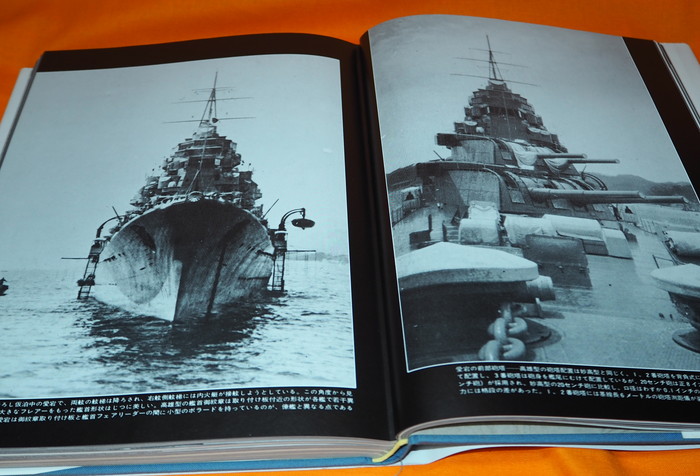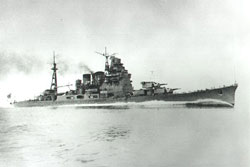

1907Īt the end of the 19th century, cruisers were classified as first, second or third class depending on their capabilities.

These developments meant that the heavy cruiser was an overall more powerful ship type than the armoured cruiser had been.Īrmoured cruiser USS Tennessee, armed with four 10-inch (250 mm) guns, ca. They also benefited from the introduction of fire control in the 1920s and 1930s. This arrangement saved tonnage and enabled the ship to fire all guns on one broadside. They often had a larger number of main guns than did armoured cruisers, mounted in center-line superfiring turrets rather than casemates. Typically powered by oil-fired steam turbines rather than the reciprocating steam engines of the armoured cruiser, heavy cruisers were capable of far faster speeds and could cruise at high speed much longer time than could an armoured cruiser. Also, the heavy cruiser was designed to take advantage of advances in naval technology and design. With their intended targets being other cruisers and smaller vessels, the role of the heavy cruiser differed fundamentally from that or the armored cruiser. When the armoured cruiser was supplanted by the battlecruiser, an intermediate ship type between this and the light cruiser was found to be needed-one larger and more powerful than the light cruisers of a potential enemy but not as large and expensive as the battlecruiser so as to be built in sufficient numbers to protect merchant ships and serve in a number of combat theaters. The heavy cruiser's immediate precursors were the light cruiser designs of the 1900s and 1910s, rather than the armoured cruisers of before 1905. The heavy cruiser can be seen as a lineage of ship design from 1915 until 1945, although the term 'heavy cruiser' only came into formal use in 1930. While the general mission of the heavy cruiser to act as a fast scout for a battle fleet and protect and hunt down commerce was largely unchanged from the days of sail, its design parameters were dictated by the Washington Naval Treaty of 1922 and the London Naval Treaty of 1930. The heavy cruiser was a type of cruiser, a naval warship designed for long range and high speed, armed generally with naval guns of roughly 203mm calibre (8 inches in caliber) and displacing approximately 10,000 tons. HMS Frobisher, a Hawkins-class cruiser around which the Washington Naval Treaty limits for heavy cruisers were written.


 0 kommentar(er)
0 kommentar(er)
